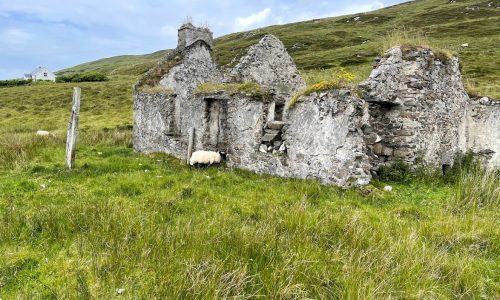Megalithic tomb and promontory forts
History lovers can view examples of iron-age huts and field systems, as well as over 45 fulachta fiadh (bronze age cooking sites).


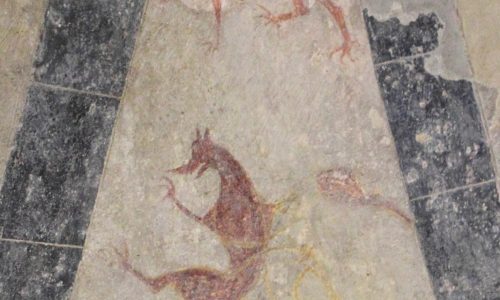

12th century Saint Bridget's Abbey (rebuilt around 1460)
Medieval wall and ceiling paintings, nationally recognized as among the most important examples in Ireland, have been lovingly restored. There are only four other examples of similar paintings in Ireland, which depict mythical, human and animal figures.
The Abbey is furnished with a piscina, sedilia, carved figure heads inserted into the south wall over the sedilia, ogee and cusped headed lancet windows, and a tomb canopy. It also displays O’Malley crest, with Owen (Bubhdara) O’Malley, father of Grace O’Malley (Granuaile), having founded the Abbey. It is also believed that Grace herself was baptised, married and buried there.
Grace O Malley Castle
Situated as it is at the mouth of Clew Bay, Clare Island became one of two strongholds from which Pirate Queen Grace O’Malley (also known as Granuaile, and a key figure in the heritage of Clare Island and the greater Clew Bay area) operated. (The other is Carraig an Chabhlaigh castle.) Located on the island’s harbor. this castle was strategically located to levy taxes on foreign sea vessels.
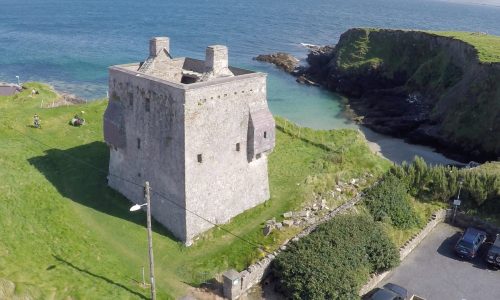
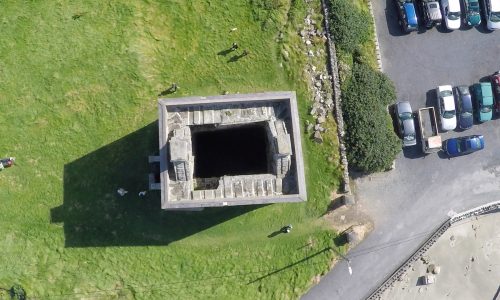
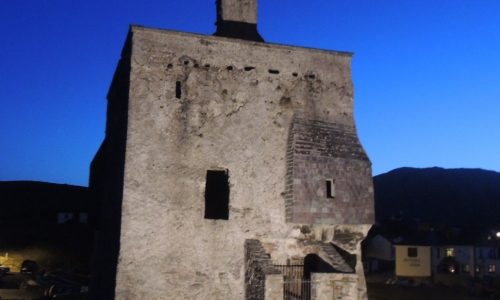
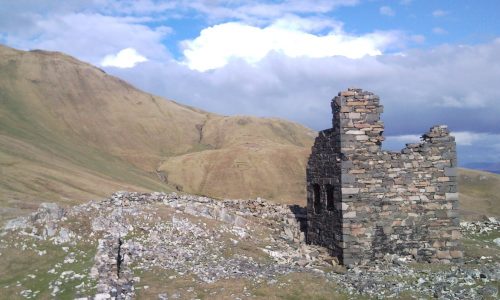
Napoleonic Tower
Built in 1804, at the western point of Clare Island (Tuar Mor), now lies the ruins of a signal tower. It is one of a series of interlinked towers along the coast, built in anticipation of a Napoleonic invasion.
Clare Island Lighthouse
Situated high on the cliffs at the most northerly point of the island, the lighthouse is another important part of the island’s heritage. Built by the Marquis of Sligo in 1806, after only seven years a fire destroyed the lantern and part of the tower in in September 1813.
A temporary light was set up until a new tower and Keeper’s dwelling were built at the end of 1818. The cylindrical, masonry Lantern Tower is 118 metres (387 ft) tall and 11 metres (36 ft) across and is the only two-towered lighthouse in Ireland. With 159 years of service under its belt, the lighthouse was decommissioned in 1965 because, ironically, it is so high on the cliffs it was often shrouded in mist.
In 2008 it was sensitively and expertly renovated and is now run as a boutique guesthouse.

The Great Famine
Human habitation on Clare Island dates back to, at least, 3500 B.C. Before the Great Irish Potato Famine (1845 – 1852) the island’s population peaked at 1700 in 1841. Of course, the famine brought tremendous hardship and the population was halved due to death and emigration.
Today old potato ridges or ‘lazy beds’ can be seen right across the island.
